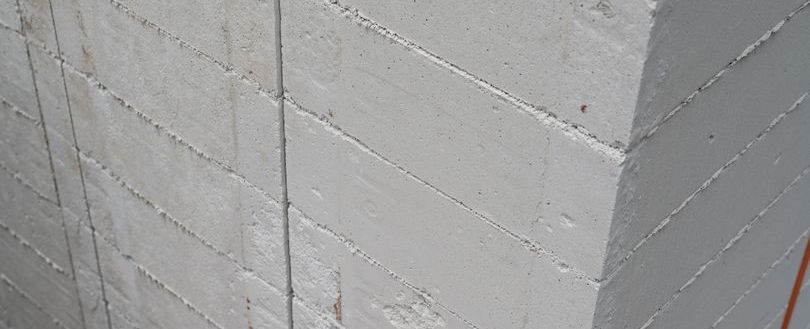
Risks in buildings with Reinforced Autoclaved Aerated Concrete (RAAC)
Like it? Share it!
21 December 2023
Recent developments in the assessment of buildings with Reinforced Autoclaved Aerated Concrete (RAAC) have raised concerns over potential structural collapse. The Health & Safety Executive (HSE) has issued crucial guidance to address these risks, urging building owners, managers, and fire professionals to be vigilant.
Legislative Framework:
Under the Health and Safety at Work etc Act 1974 (HSWA) and the Regulatory Reform (Fire Safety) Order 2005 (FSO), owners, tenants, and employers uphold the responsibility of ensuring the safety of their premises. Employers, in particular, must prioritise the health, safety, and welfare of their employees and others, extending their duty to premises under their control.
Understanding the repairing obligation stipulated in leases is vital. Those with control or repairing obligations must assess and remediate RAAC issues, while others should ensure their tenants undertake necessary assessments.
Fire Risk Assessment:
The Responsible Person managing fire safety risks must incorporate RAAC considerations into fire risk assessments. This involves ensuring alternative means of escape in case emergency routes and exits become inaccessible. Areas with RAAC may be deemed unsafe in the event of a fire, requiring careful communication and restriction measures.
Identifying the Risk:
The HSE's guidance recommends employers and those in control of premises to:
- Determine if their buildings contain RAAC, managing and controlling the associated risks
- Seek guidance from a competent structural engineer for assessment and risk management
- Employers should conduct workplace and fire risk assessments, documenting identified risks and proposed control measures
Consequences of Non-Compliance:
Collapses involving more than 5 tonnes of material trigger reporting requirements under the Reporting of Injuries, Diseases and Dangerous Occurrences Regulations 2013 (RIDDOR). Non-compliance may lead to investigations and potential enforcement. Employers must be aware of the reporting obligations under RIDDOR in case of injuries.
Practical Considerations:
To ensure compliance and proactive risk management, employers and those in control of premises should:
- Review leases to determine responsibilities and communicate with responsible parties
- Assess recent works that may affect structural stability
- Obtain specialist advice and a building survey from a structural engineer
- Conduct risk assessments, including fire risk assessments
- Consider reporting under the Building Safety Act 2022 for Higher-Risk Buildings
- Develop a remediation plan, review insurance policies, and notify insurers
Documentation and Professional Advice:
Maintaining accurate records of relevant documentation, actions taken, and correspondence is crucial. Given the recent public awareness of RAAC risks, responsible parties must demonstrate that all reasonable steps have been taken to ensure safety.
In light of heightened awareness, it is imperative for those responsible for building maintenance to assess and manage RAAC-related risks promptly. Seeking professional advice is strongly advised to navigate this critical aspect of fire safety.
View the SOURCE here.
Our eNews provides regular insight into industry trends, news headlines, and product and service information. For news articles parallel to those mentioned above, sign up for our eNews. Click here to sign up: Subscribe to our enews (fia.uk.com)
Related training
Related news
-
Business Owner Fined for Breaching Fire Safety Legislation
06 October 2025
